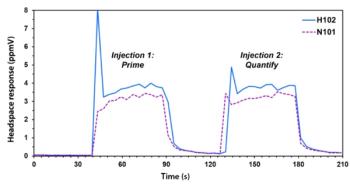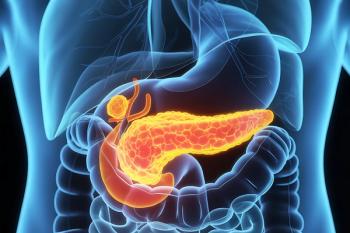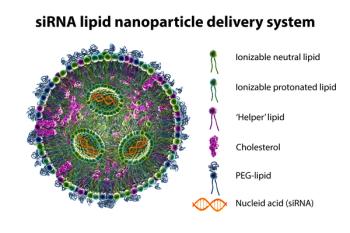
E-Separation Solutions
- E-Separation Solutions-03-22-2012
- Volume 0
- Issue 0
European Chemicals Agency Launches Chemical Classification and Labeling Inventory
The European Chemicals Agency (ECHA) in Helsinki, Finland recently launched a new inventory of chemicals called the Public Classification and Labeling (C&L) Inventory.
The European Chemicals Agency (ECHA) in Helsinki, Finland recently launched a new inventory of chemicals called the Public Classification and Labeling (C&L) Inventory. Information for the inventory came from the European Community regulation on chemicals and their safe use, known as “REACH” (Registration, Evaluation, Authorization, and restriction of Chemical substances), and classification, labeling, and packaging of substances and mixtures (CLP) notifications received by the agency. The aim of the CLP regulation is to ensure that the hazards presented by chemicals are clearly communicated to workers and consumers in the European Union.
The publication of the inventory, which was set out as a milestone in the CLP regulation, represents a significant step forward toward transparency on the physical, health, or environmental hazards of chemical substances. The inventory provides a wealth of information from industry on how it has self-classified chemicals, indicating how some companies have classified the same substance differently.
The Public C&L inventory represents the largest database of self-classified substances available globally. A number of options are available for searching the inventory, based on both the substance identity and its classification. Future updates of the inventory will continuously improve the search functions in order to enhance access to the information.
The inventory is maintained by the agency and the data will be refreshed on a regular basis with incoming and updated C&L information.
Geert Dancet, executive director of ECHA said in a statement, “With this increased transparency, we are contributing to a more effective communication on the hazardous chemicals to workers and ultimately to consumers.” He also encouraged industry to use the inventory data as a common ground for discussions between companies to reach agreement on the self-classification and labeling of hazardous substances. To provide support for the hazard communication process, ECHA is planning to develop an IT platform to facilitate contacts among notifiers of chemicals to give them the opportunity to discuss reasons for differences and, where appropriate, agree on a uniform classification.
The Public C&L Inventory represents the largest database of self-classified substances available globally. A number of options are available for searching the inventory, based on both the substance identity and its classification.
Articles in this issue
over 13 years ago
Challenges and Considerations in Environmental Analysisover 13 years ago
Market Profile: Supercritical Fluid Chromatographyover 13 years ago
Environmental Analysis Technology ForumNewsletter
Join the global community of analytical scientists who trust LCGC for insights on the latest techniques, trends, and expert solutions in chromatography.





